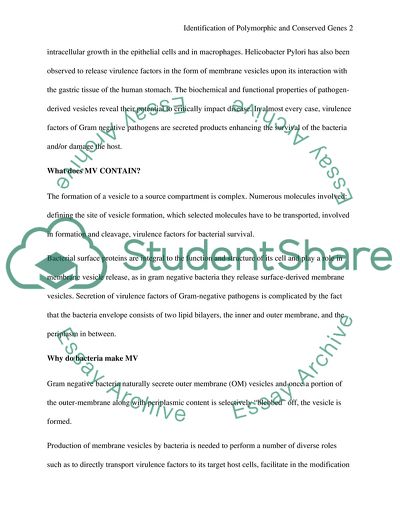Cite this document
(Identification of Polymorphic and Conserved Genes Report, n.d.)
Identification of Polymorphic and Conserved Genes Report. https://studentshare.org/biology/1822972-identification-of-polymorphic-and-conserved-genes-in-helicobacter-pylori-membrane-vesicle-biogenesis-pathways
Identification of Polymorphic and Conserved Genes Report. https://studentshare.org/biology/1822972-identification-of-polymorphic-and-conserved-genes-in-helicobacter-pylori-membrane-vesicle-biogenesis-pathways
(Identification of Polymorphic and Conserved Genes Report)
Identification of Polymorphic and Conserved Genes Report. https://studentshare.org/biology/1822972-identification-of-polymorphic-and-conserved-genes-in-helicobacter-pylori-membrane-vesicle-biogenesis-pathways.
Identification of Polymorphic and Conserved Genes Report. https://studentshare.org/biology/1822972-identification-of-polymorphic-and-conserved-genes-in-helicobacter-pylori-membrane-vesicle-biogenesis-pathways.
“Identification of Polymorphic and Conserved Genes Report”. https://studentshare.org/biology/1822972-identification-of-polymorphic-and-conserved-genes-in-helicobacter-pylori-membrane-vesicle-biogenesis-pathways.


